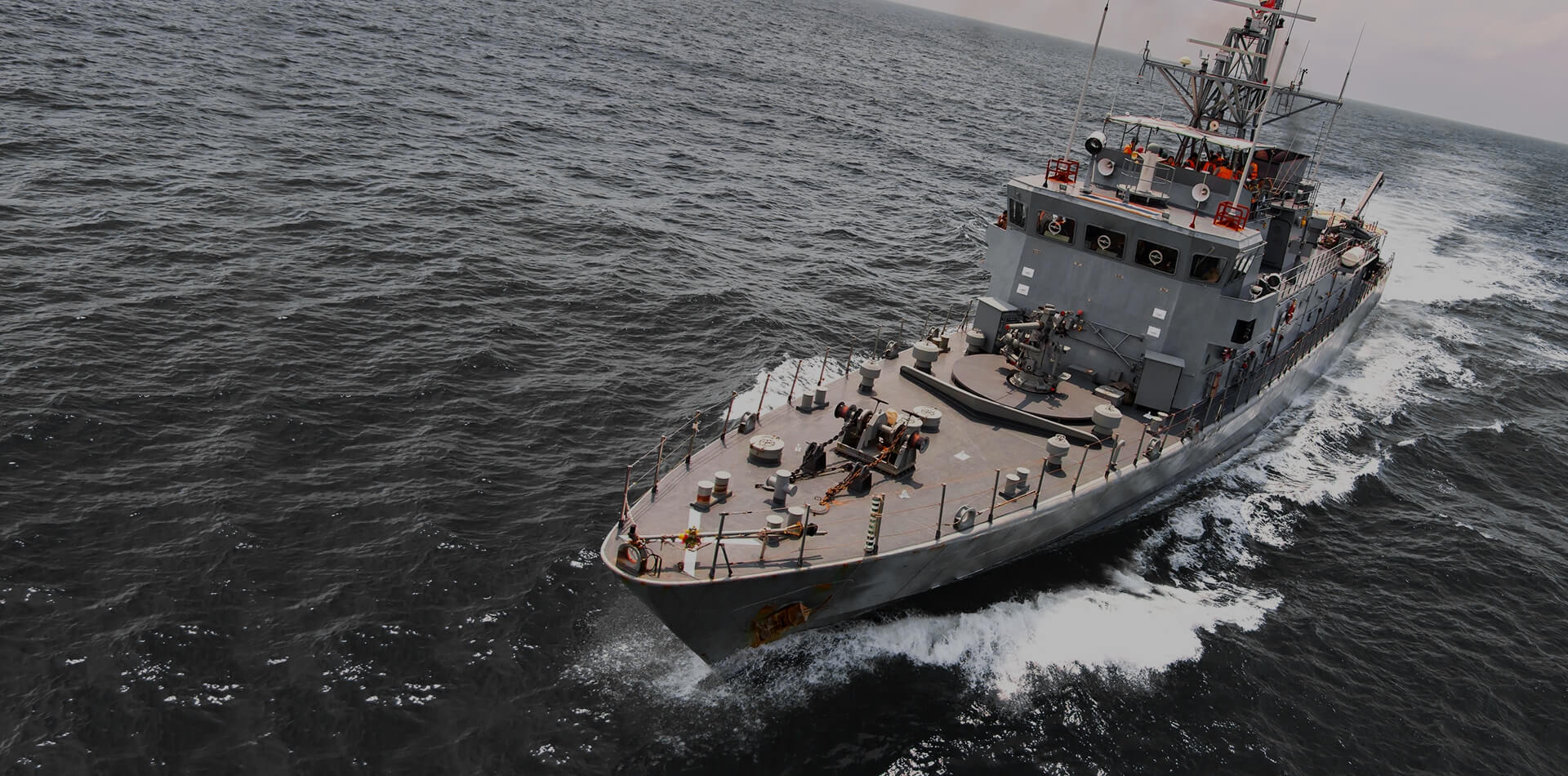FPDN medium power inverters are power electronics devices made using the IGBT transistor technology with vector or scalar control, designed to power asynchronous motors and for frequency-based rotational speed control with speed measurement in the encoder. They can work in control systems used in the drive technology.
Because of the option of parallel operation it is possible to connect the outputs of several inverters in order to increase power or build systems operating in redundancy. The inverters, depending on their versions, may be equipped with an input rectifier, a DC connection line, their own battery, and a switch of power source in the rectifier input.
Inverters functionality and features depending on the control method
Scalar control (u/f=const)
- Speed control, possible speed setting from the outside
- Reverse operation
- Control of start-up time, reversal time, speed change rate
- Possible work with frequencies above 50 Hz within the range acceptable for machines in accordance with IEC 60034-1
- Possible control of the overridingly set value (pressure, flow, liquid level, etc.)
- Work with passive filters (between the inverter and the motor)
- Compensation of a voltage drop across the stator winding resistance for low rotational speeds
Foc (field oriented control) vector control
- Accurate, fast and decoupled control of a machine flux and torque
- Rated torque over a wide rpm range
- Used in drives with high requirements for speed regulation with quick-load
- Work with encoder (shaft position sensor)
Basic inverters configurations:
- Inverter powered from a DC line
- Inverter with a diode rectifier
- Inverter with a controlled rectifier (possible slowing down with power return to the network, four quadrants mode)




